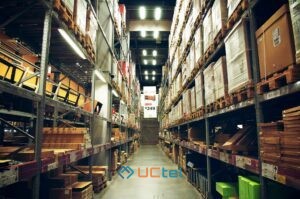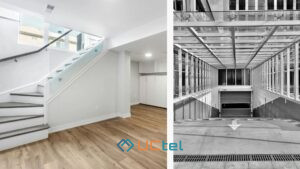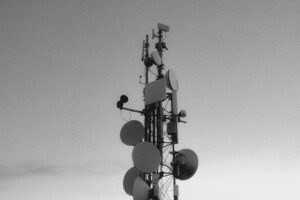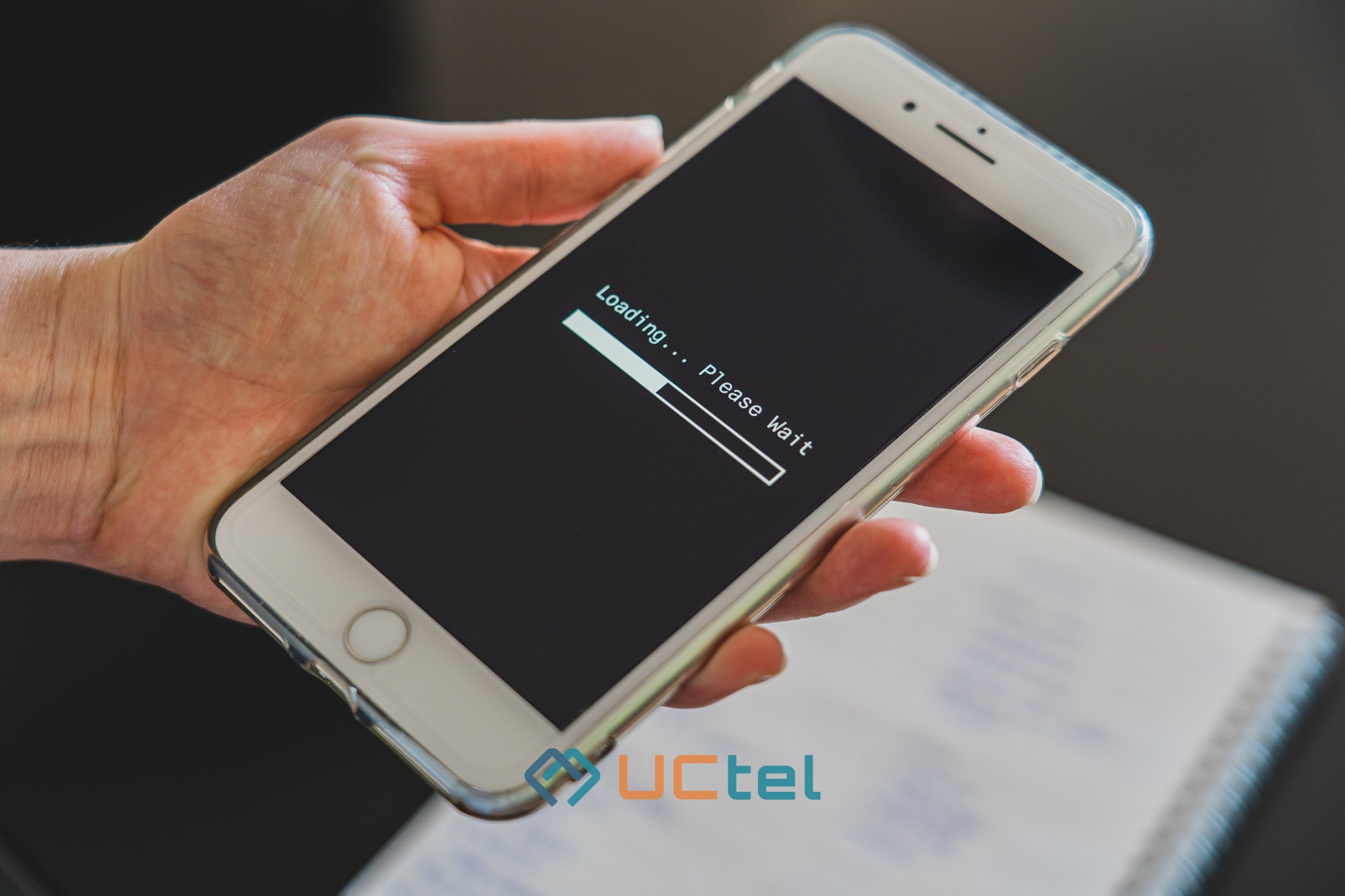
Mobile Signal Repeaters for Commercial Buildings: Boost Coverage in Office Spaces and Large Properties
Table of contents
In today's interconnected business world, maintaining reliable mobile connectivity throughout commercial buildings has become a critical infrastructure requirement. Poor mobile phone signal coverage in office environments can significantly impact productivity, with studies showing that employees waste up to 45 minutes daily dealing with poor connectivity issues.
Since 2023, the deployment of mobile signal repeaters for commercial buildings has increased by 78% as businesses recognise their essential role in maintaining seamless communication channels.
How commercial signal boosters work and their benefits
Understanding signal booster technology
Commercial mobile phone signal amplification systems operate through a three-component architecture that effectively addresses connectivity challenges in business environments.
These systems begin with an outdoor antenna mounted on the building exterior that captures available mobile signals from nearby towers.
- The outdoor antenna captures weak mobile signals from surrounding towers
- A central amplifier boosts the captured signal strength significantly
- Indoor antennas distribute the enhanced signal throughout the building
- The system works bidirectionally to improve both incoming and outgoing signals
The heart of the system,the amplifier,receives the signal from the outdoor antenna via coaxial cabling and increases its strength.
This component processes multiple mobile frequency bands simultaneously, ensuring comprehensive coverage across all major carriers. The boosted signal then travels to strategically placed indoor antennas throughout the commercial property, creating consistent coverage zones.
- Signal amplification can increase mobile strength by up to 32 times
- Modern systems support all mobile bands from 700MHz to 2100MHz
- Advanced boosters automatically adjust gain levels to prevent interference
The technology functions seamlessly without requiring users to connect to any special network or change settings on their devices. This passive enhancement approach makes commercial mobile signal boosters particularly valuable in high-traffic business environments.
Key advantages for businesses
Installing high-performance signal boosters in office buildings delivers immediate and tangible benefits. Most notably, these systems eliminate frustrating dead zones that previously hindered communication throughout the property.
- Support for 200+ simultaneous users per mobile band
- Compatibility with all major carriers
- Enhancement of voice calls, text messaging, and 5G/4G/3G data services
- Future-proofing with 5G-ready technology as networks continue expanding
From a financial perspective, commercial signal boosting systems represent a one-time investment without recurring subscription fees. This cost-effective approach typically delivers return on investment within 6-18 months through enhanced productivity and communication efficiency.
- Improved employee productivity through consistent connectivity
- Enhanced safety through reliable emergency communications
- Better customer experience for visitors and clients
- Increased employee satisfaction and reduced frustration
Businesses implementing these solutions report an average 27% reduction in dropped calls and a 35% improvement in data speeds, directly translating to operational efficiency.
Selecting the right signal booster solution for your commercial property
Types of commercial signal boosting systems
The mobile signal enhancement market offers various solutions tailored to different property sizes and requirements. Understanding the distinctions between these systems helps property managers make appropriate selections.
- Standard Commercial Boosters: Designed for properties up to 10,500 square meters
- Industrial Boosters: Engineered for expansive spaces up to 30,000 square meters
- Fiber DAS Solutions: Specialised for very large buildings from 9,000-120,000 square meters
- Active DAS Solutions: Tailored for high-density environments like airports and stadiums
Standard commercial boosters typically utilise conventional coaxial cabling and represent the most cost-effective solution for small to medium businesses. For larger industrial sites, industrial-grade signal boosters incorporate more powerful amplifiers and support additional indoor antennas.
When addressing extremely large buildings exceeding 15,000 square meters, fibre-based distributed antenna systems become the optimal choice. These sophisticated installations use fibre optic cabling between the main amplifier and remote units, allowing for signal distribution across greater distances without degradation.
Key features to consider
When evaluating commercial mobile phone booster systems, several technical specifications merit careful consideration to ensure optimal performance.
- Multi-carrier support ensuring functionality across all network providers
- Coverage for all relevant mobile bands (typically 5-6 bands)
- User interface features like LCD displays and touchscreen controls
- Automatic and manual gain adjustment capabilities
Modern systems increasingly incorporate remote monitoring capabilities via Bluetooth or web interfaces, allowing facility managers to assess performance without physical access to the equipment. This feature proves particularly valuable for troubleshooting and optimising coverage in dynamic environments.
- Remote monitoring through web portals or smartphone applications
- Support for multiple indoor antennas (ranging from 1-16 depending on model)
- Integrated lightning protection in premium models
- Durable construction with weather-resistant enclosures
The number of indoor antennas supported directly influences the system's ability to distribute enhanced signal throughout complex building layouts with multiple floors or wings.
Installation considerations
Successful deployment of commercial signal boosters in office buildings requires careful planning and execution. Professional site surveys represent an essential first step in this process, as they determine optimal component placement based on existing signal conditions.
- Professional site surveys to map existing signal strength and identify ideal antenna locations
- Analysis of building materials and their impact on signal propagation
- Strategic planning for complex layouts requiring multiple indoor antennas
- Assessment of existing outdoor signal strength to determine system requirements
Building materials significantly impact signal propagation, with concrete, steel, and metalised glass presenting particular challenges. The installation of commercial signal boosters in industrial sites often requires specialised mounting solutions and strategic antenna placement to overcome these obstacles.
Professional installation services typically include comprehensive testing and optimisation to ensure maximum coverage and performance. Most systems carry warranties ranging from 1-3 years, with extended support options available for mission-critical installations.
Ready to improve your mobile coverage? Contact UCtel and speak with our signal specialists.








